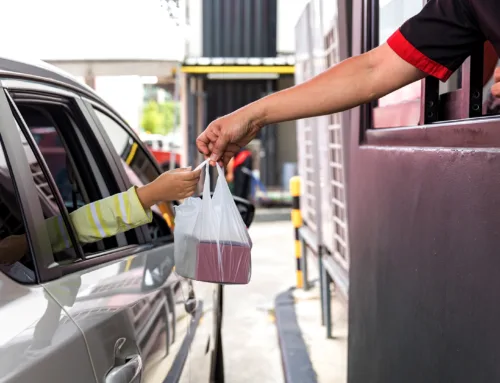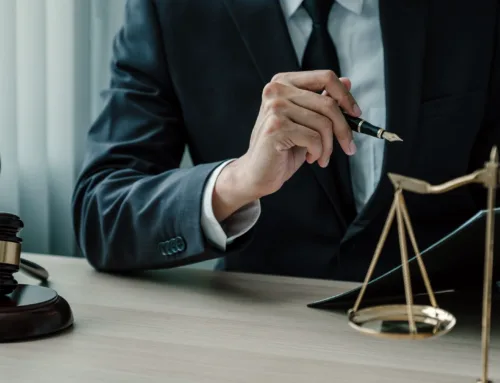Regardless of how careful you are on the road, sometimes trouble finds you anyway. Defensive driving, like avoiding blind spots, only gets you so far.
When another car swerves into your lane, it can easily cause an accident. For the sake of your safety and your legal rights, you need to know what to do next.
What to Do After the Incident
In the aftermath of the incident, you must immediately keep yourself safe and defend your legal rights.
- Get to a Safe Spot: If you didn’t crash, the first thing to do is to get to a safe place.
- Calm Down: Your heart will likely be racing. Take deep breaths to calm your nerves before taking further action.
- Assess the Situation: Check for any vehicle contact and assess the overall scenario.
- Find Witnesses: If anyone saw what happened, their statement could be helpful in the event of a lawsuit.
- Get Contact Information: Ask for the phone number or email of any witnesses. You might need them for insurance or legal purposes.
- Get Evidence: Take pictures and videos of where the accident happened, the damage to all the cars, and the people in the accident.
Knowing about the “phantom driver” situation is very important in these cases, especially for what you do next and how you get paid.
What is a Phantom Car?
Sometimes, the driver who cuts into your lane might run away, turning your almost car accident into a nerve-wracking experience. This is also called a miss and run (a hit-and-run without the crash). These drivers are called “phantom drivers” or “phantom cars” because they cause trouble and then vanish. If this happens to you, you need to call the police. Tell them everything you saw, like the car’s color, the license plate number, and where it went.
If you have uninsured motorist insurance (UM), this will help you pay for any damage or injuries. Dealing with insurance complexities is another challenge you might face in these situations.
Insurance Challenges
The insurance companies involved in the incident can make it difficult to get coverage. After all, they don’t want to spend more than they must.
- If the phantom driver gets away without a formal report, your insurance company may treat the case as if the perpetrator has no insurance.
- You may need to use your own insurance, even though it’s not your fault.
- Some insurance companies may want a third-party report of the incident.
- Without a witness, it may be difficult to convince your insurance company that another driver is at fault.
Gathering evidence is a critical step in protecting yourself.
What Can You Do Legally?
If another car came into your lane and made you crash or swerve, you may wonder what you can do legally. In Georgia, you can file a claim for damages related to your property damage, physical injuries, and emotional harm. It’s important that you take action on your injury claim because you typically only have two years to make a personal injury claim in Georgia.
How to Use Evidence to Protect Yourself
To build a strong case, you’ll want to gather evidence as soon as possible. Take pictures of where the accident happened, including any tire marks and your car’s damage. If you have a dashcam, save that video to reference and use as evidence; it could prove that the other driver caused your accident.
Seeking professional legal advice can provide the support and guidance needed in these challenging times.
Talk to a Georgia Car Accident Lawyer
You never plan to have a close call with another driver, but if it happens, you must know what to do next. Whether it’s getting evidence, checking your insurance, or getting legal help, being prepared is the best way to protect yourself. If you’re wondering what to do if you almost get into an accident, schedule a consultation with Flanagan Law to get expert advice.


